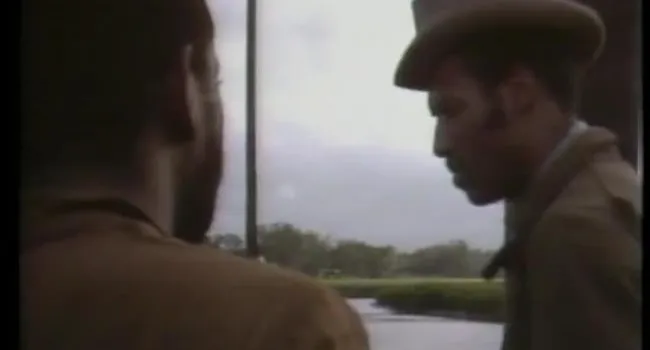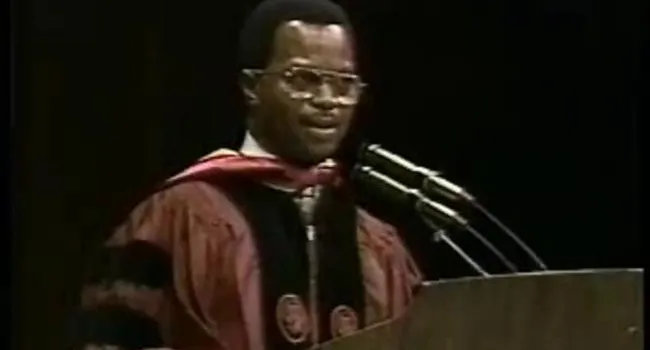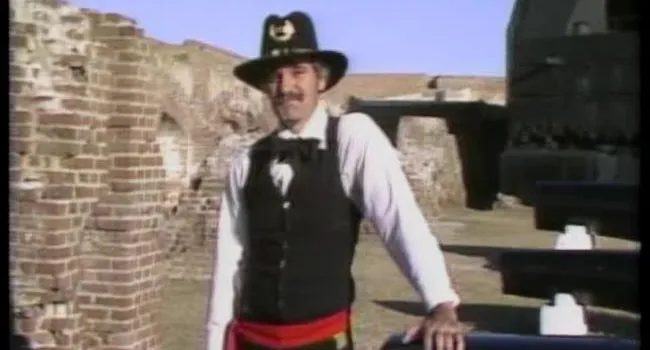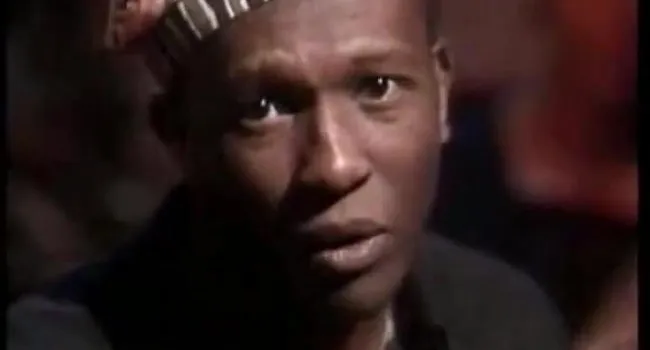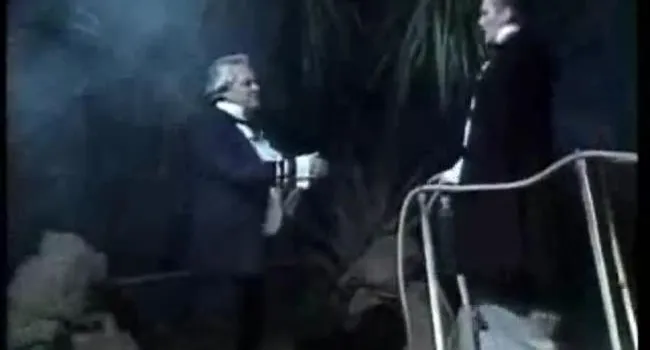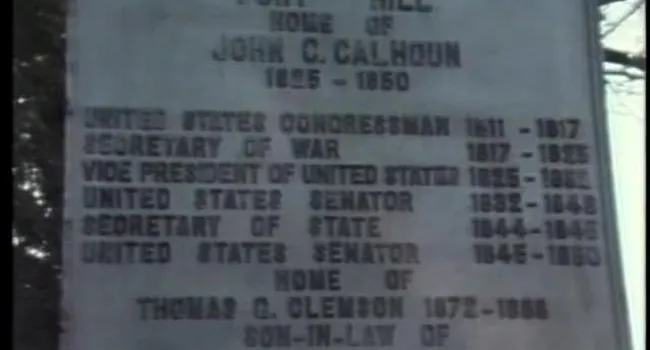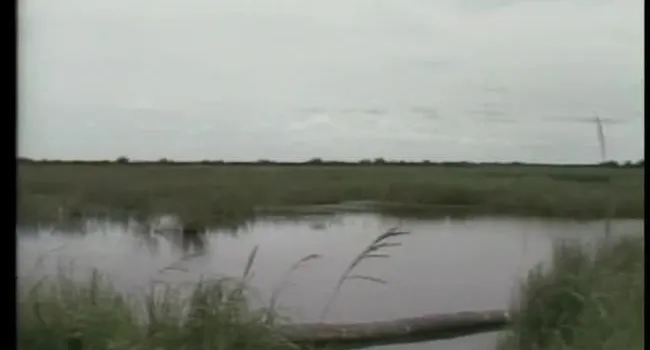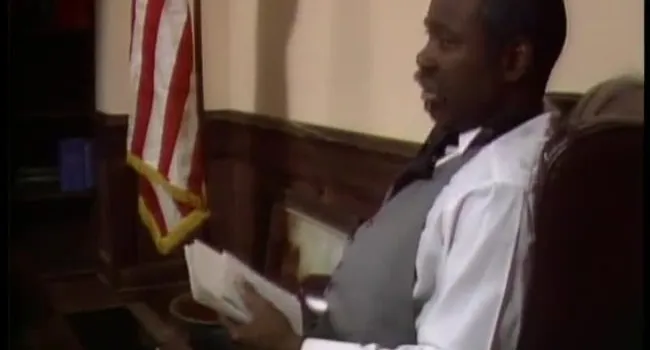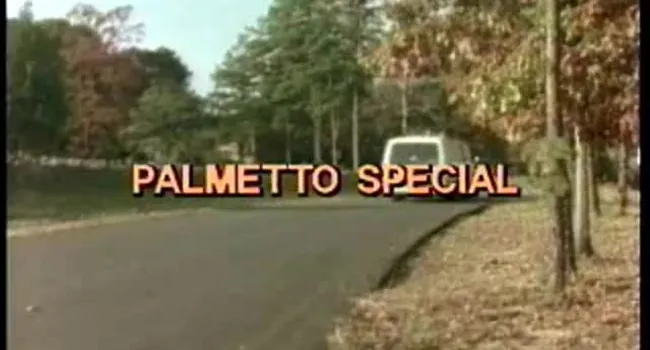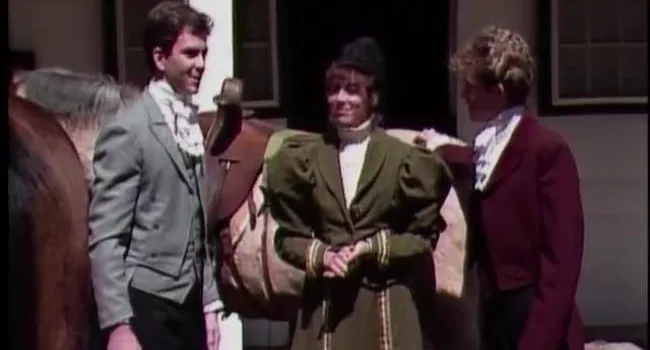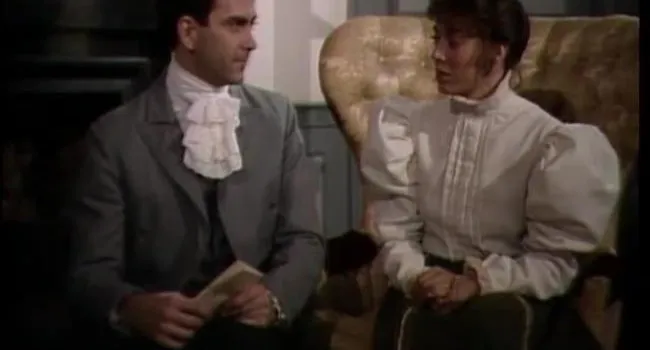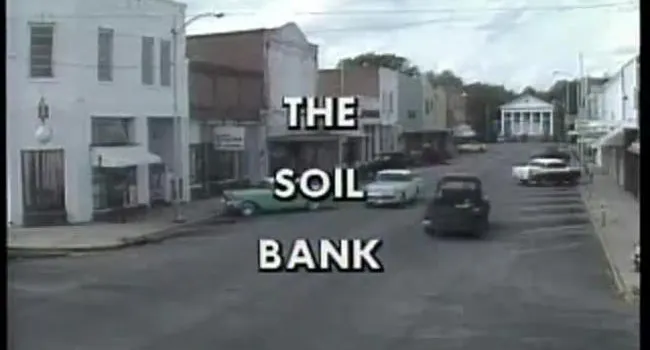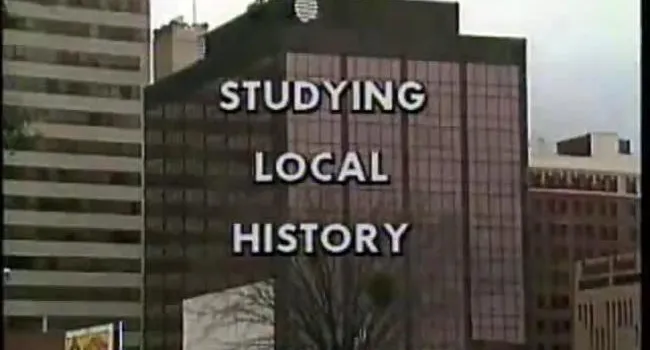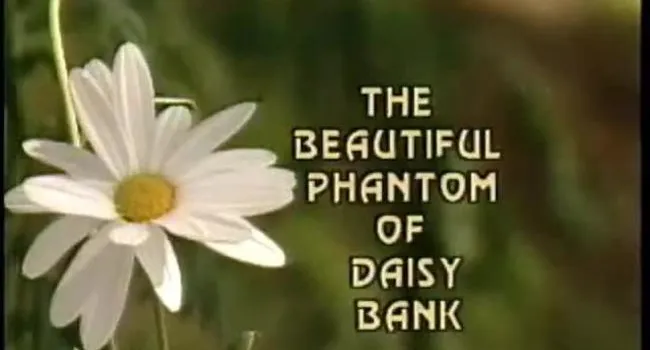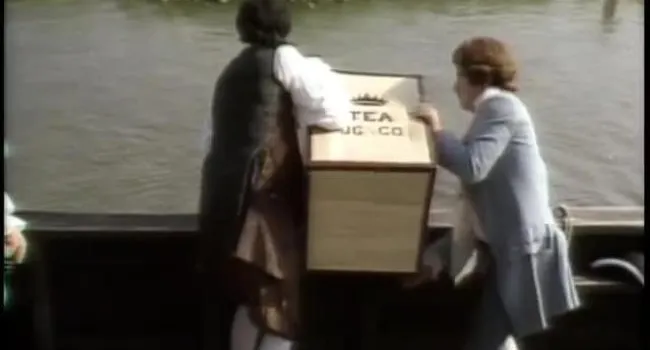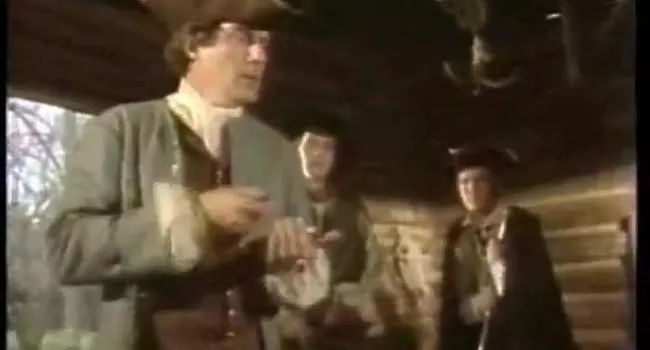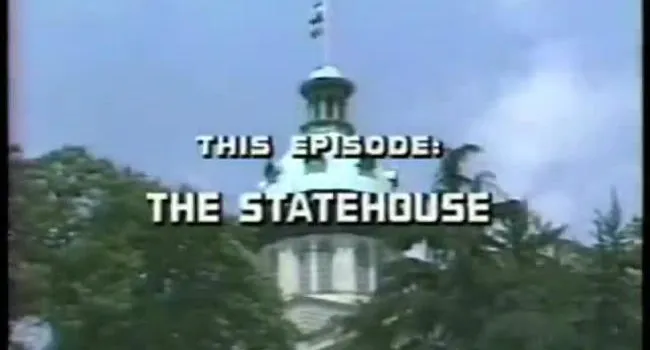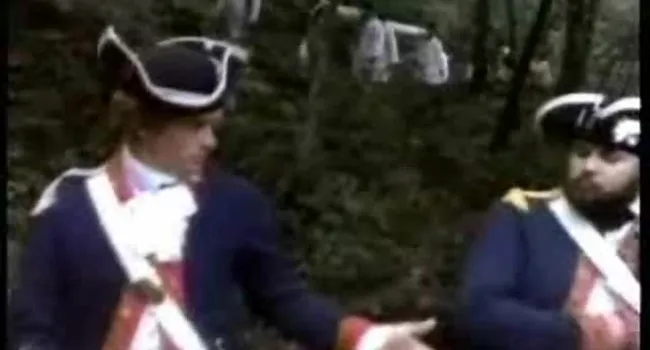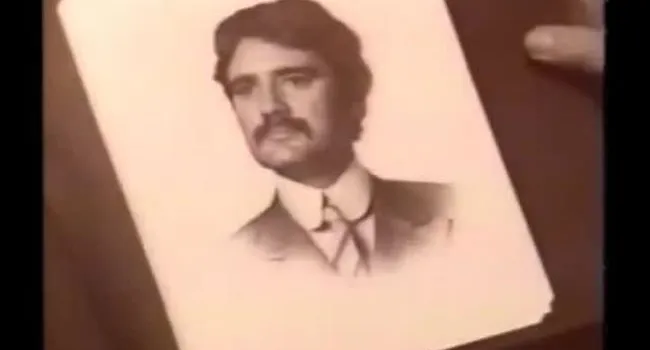Kaltura
This program on the Battle of Kings Mountain follows a documentary format. It centers around the Bicentennial Celebration in September and October of 1980. The activities that were covered as a part of this celebration include the following.
- Portions of the reenactment of the march from Abingdon, Virginia and Sycamore Shoals, Tennessee by members of the Overmountain Victory Trail Association. This march has been taking place annually since 1975. Some marchers hike portions of the way while a few have marched the entire 220 miles several times.
- The parade in the city of Kings Mountain, North Carolina, October 7, 1980
- Maps and pictures of the Battle with a narrative.
- A portion of a play presented by Limestone College of Gaffney. South Carolina at Kings Mountain National Military Park. This particular portion shows the receiving of Major Ferguson's threat by Colonel Shelby and the decision to meet at Sycamore Shoals to go after Ferguson
- Activities at Kings Mountain National Military Park in the afternoon of October 7,1980. Included are the arrival of the Overmountain men, portions of speeches by Bradley Morrah, chairman of the South Carolina Bicentennial Commission, and Cecil Andrus, then United States Secretary of the Interior. Also the placing of a wreath on Patrick Ferguson's grave by a member of the British Consulate and the placing of a wreath at the monument on top of the mountain by then South Carolina Governor Richard Riley.
Standards
- 4.2.CE Examine the economic and political motivations for colonists to declare independence from Great Britain.
- 8.2.CO Compare the motives and demographics of loyalists and patriots within South Carolina and the colonies.
- This indicator was developed to encourage inquiry into the economic, political, and social motivations of the patriots and the loyalists in the era of the American Revolution.
- 8.2.CX Contextualize the roles of various groups of South Carolinians as the colonies moved toward becoming an independent nation.
- This indicator was developed to encourage inquiry into the motivations of colonists during the American Revolution and the progression of conflict and failed compromise that ultimately led to revolution.








